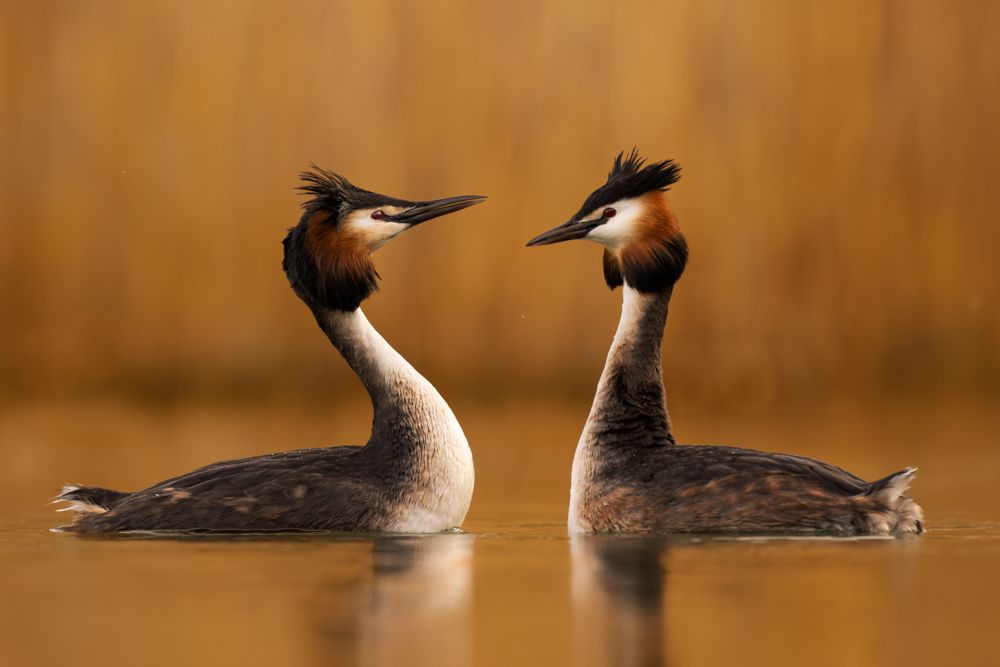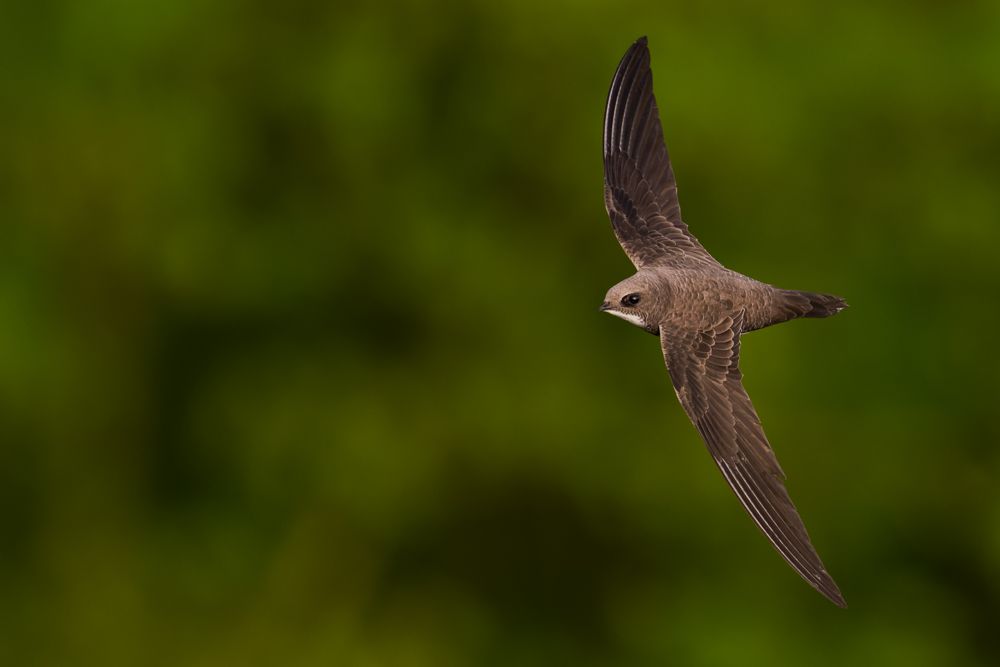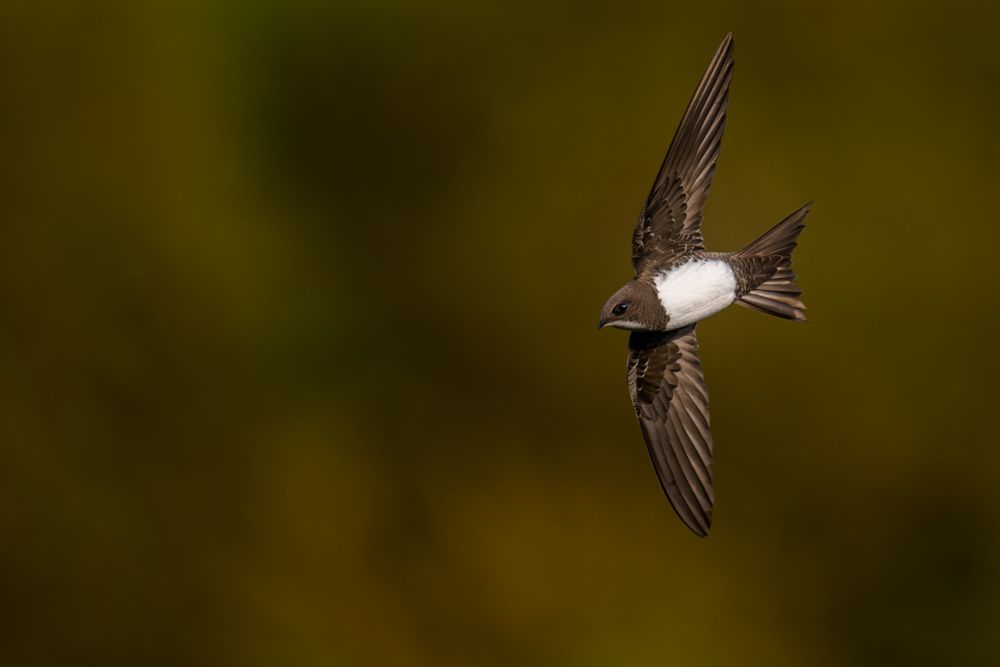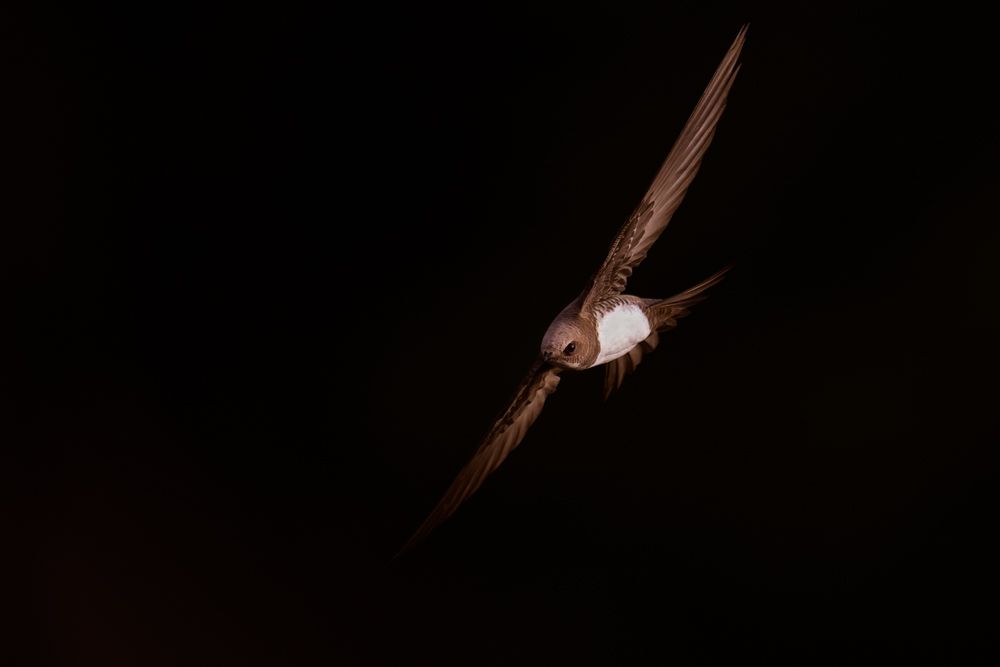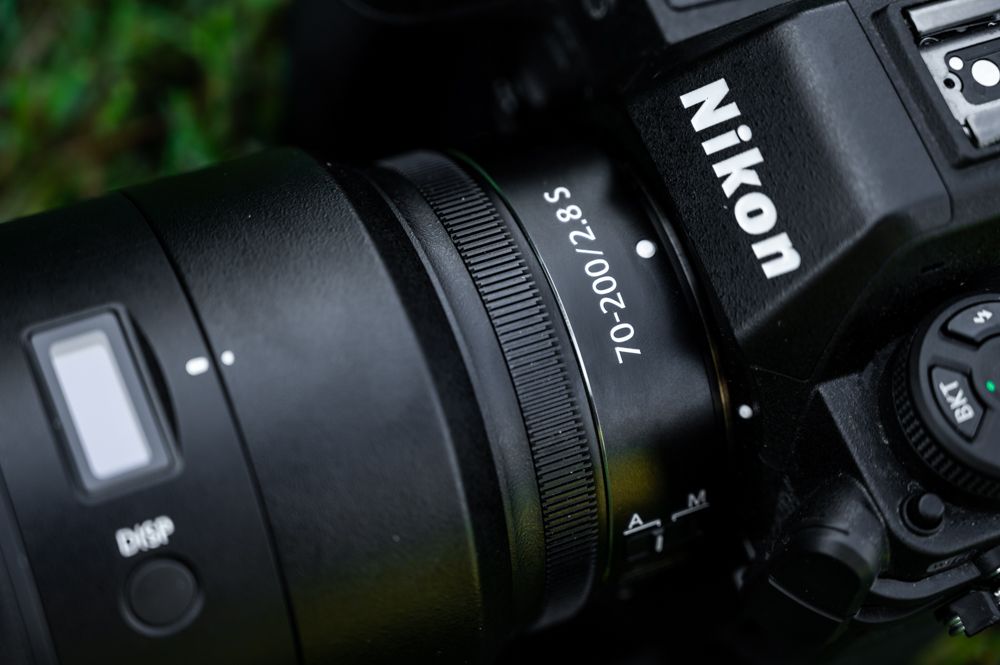Review: NIKKOR Z 400 mm 2.8 TC VR S
The recently announced Nikon Z 400mm 2.8 S TC is a top class lens. The fast tele shines with phenomenal image quality and an extremely fast autofocus. Thanks to a built-in 1.4x teleconverter, the fixed focal length is also very flexible, while the lens remains very lightweight. In fact, the lens only weighs a good 3 kg!
Overall, the lens seems ideal for wildlife photography, especially in combination with the Z9. I was allowed to test out the new lens for 2 days in various situations. You can read about my findings in this article.
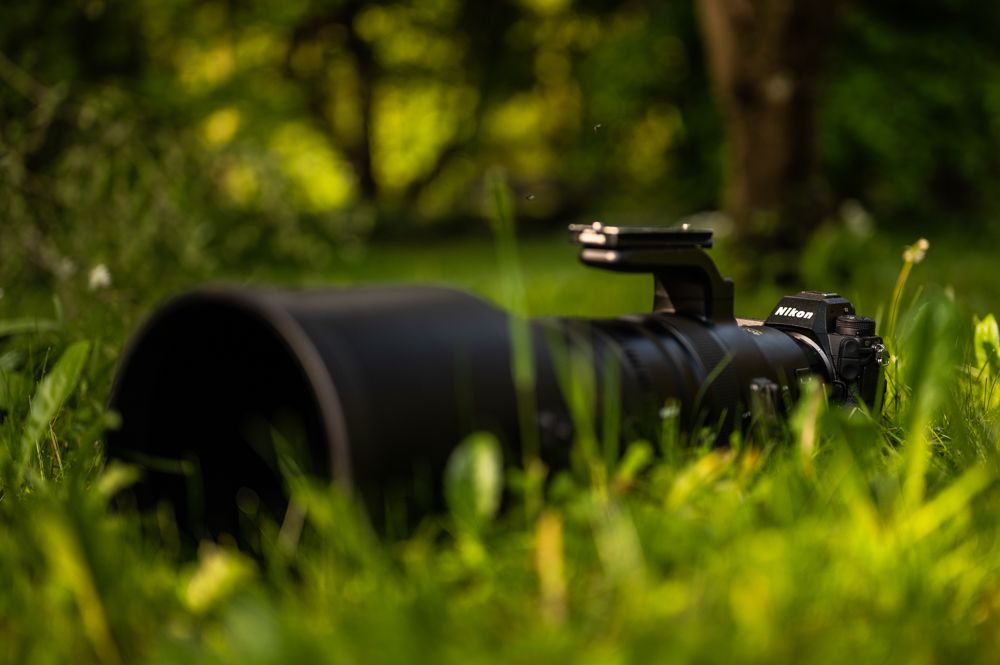
The Nikon Z9 + Z 400mm 2.8 combination is probably one of, if not the best setup at the moment for wildlife photography.
The new features compared to the original version
Compared to the last f-mount version of the lens, a lot has changed. The lens has once again become a lot lighter, a teleconverter is now built directly into the lens and new autofocus motors have been installed.
The built-in teleconverter
The main thing is that there is now a teleconverter that is built into the lens. This can be conveniently switched on and off with a finger. So the lens transforms from a 400mm with f/2.8 to a 560mm with f/4 in no time. While the loss of quality by an external teleconverter was still quite strong, at least on my 500mm f/4, the image quality of the new lens with the TC switched on is still extremely good. While a small difference can be seen compared to the lens without the TC turned on, it is relatively small in the first place and at 400mm the lens is also really incredibly sharp.
The ability to switch back and forth between 400mm and 560mm is something I really appreciated. When 400mm is a bit too short, I was able to gain magnification in a flash without losing much image quality or the closest focusing distance. This also allowed me to take very close portrait shots. At 560mm and a closest focusing distance of 2.5m, the lens is ideal for close-ups!
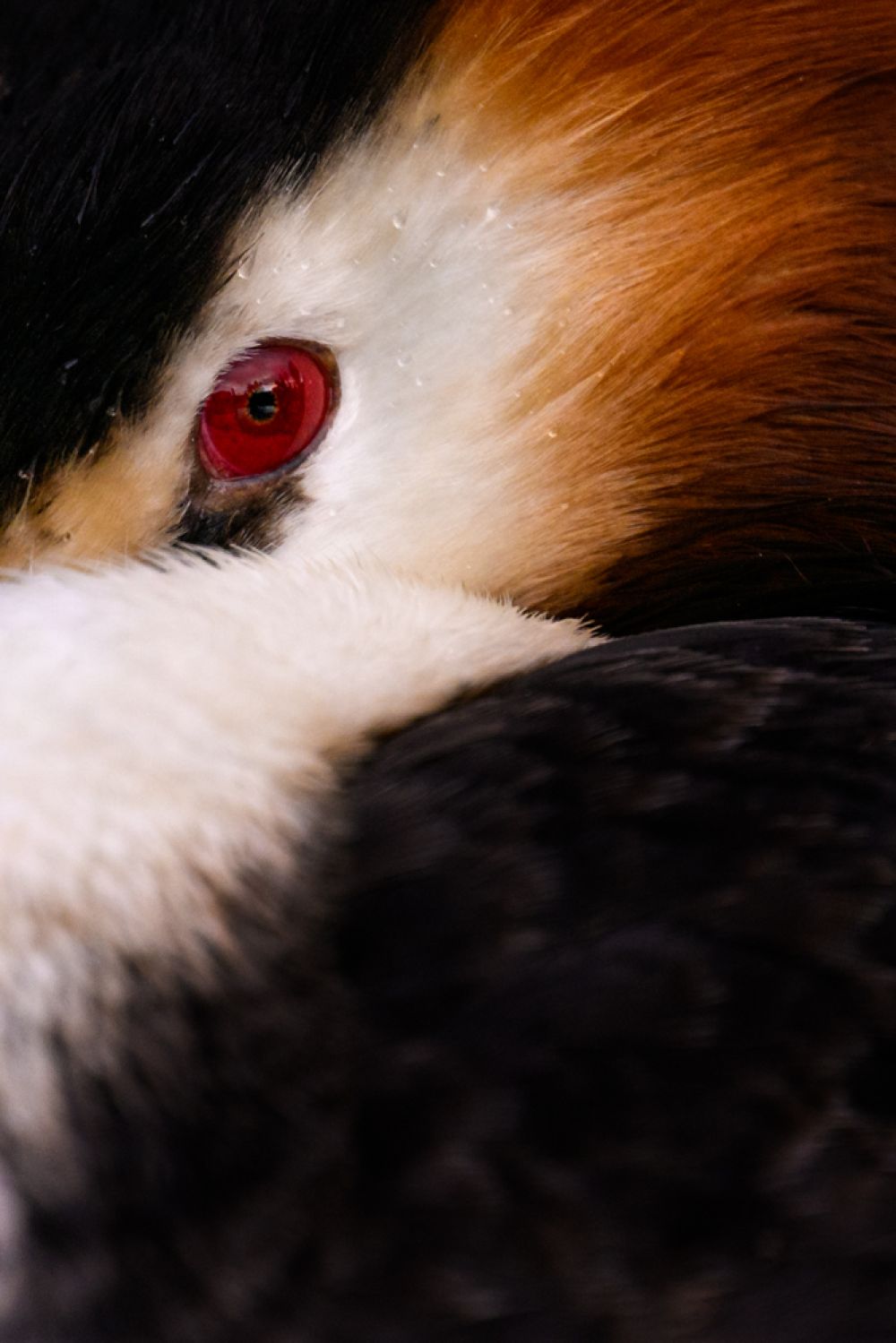
Due to the closest focusing distance of only 2.5 m and thanks to the integrated teleconverter, beautiful close-ups can be created with this lens.
New autofocus motors
With the 400mm 2.8, Nikon has also launched a new type of autofocus motors called "Silky Swift VCM". I personally don't know where exactly the difference is to conventional AF motors. What I do know is that the new motors work, and pretty good!
My 500mm f/4 of the previous generation did already pretty great in terms of autofocus. But the new 400 takes it up a notch in terms of speed and quietness. Combined with the Nikon Z9, the AF is not only incredibly fast, but also virtually silent. Outdoors, I never really noticed the focus motor. For the species I mainly shoot, the noise of the autofocus (and the VR's - but more on that later) has never really been a problem, but being able to be completely silent makes the whole thing that much more pleasant. And with some very shy species, this will certainly offer another big advantage.
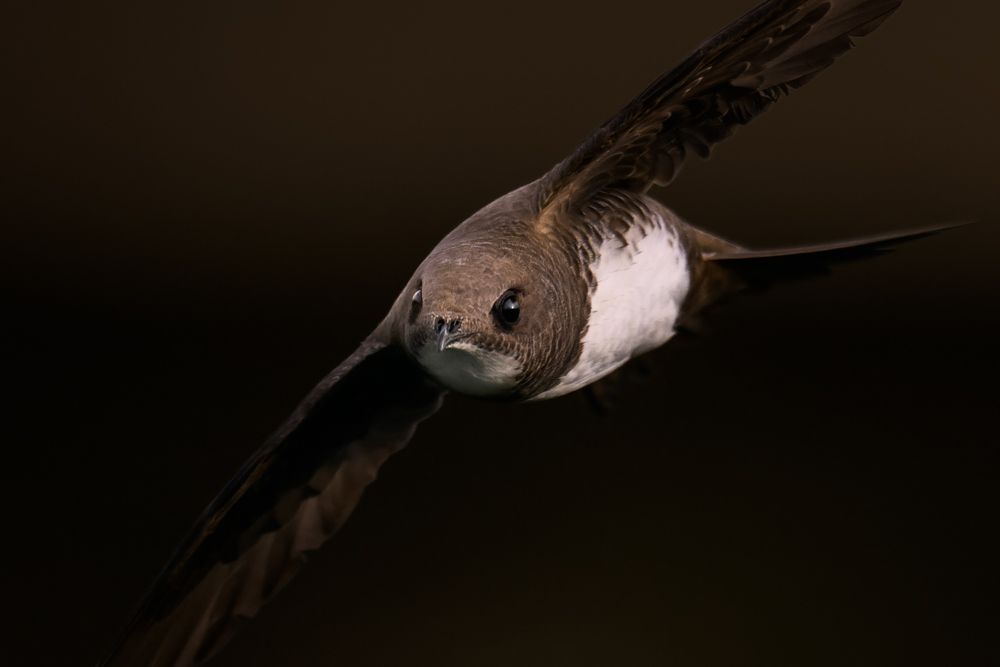
Together with the Z9, the incredibly fast and agile alpine swifts can also be photographed.
Image stabilizer
The image stabilizer (VR) in the lens is extremely powerful in combination with the Z9's image stabilizer, and I easily managed to shoot handheld at 1/20 second and below. The aspect of the VR that I like much more, however, is its noise level. The 500's VR's is still quite loud and can be heard quite well even when outdoors. The new 400mm's VR, however, is practically silent and only really audible in a small quiet room. So together with the Z9 and the extremely quiet AF motors, you can really photograph and film practically noiseless...
While the VR already worked quite well on my 500 for filming, it was always a bit too loud and was clearly picked up by the microphone. With the 400mm, this is no longer a problem.
Weight and handling
At just under 3 kg, the new tele is relatively light. The counterpart for the f-mount is a good 750 g heavier. In addition, it must be taken into account that there is now a teleconverter integrated. My 500mm is almost the same weight, but because the weight is further forward than the new 400mm, the 500mm seems to be a bit heavier. Due to the low weight, the 400mm is also very good for handheld photography. As usual with Nikon, there are 4 Fn buttons on the front of the lens. There is also an L-Fn button on the left side of the lens, slightly behind the tripod base. Next to the focus ring is an additional function ring for aperture, ISO or exposure compensation and a ring for resetting to specific focus positions.
The 4 buttons on the lens are a bit larger than on the 500mm f/4. I don't use the buttons very often, but they are very handy when filming animals and the bigger size makes them easier to use.
The L-Fn button on the side, on the other hand, I find a bit strangely placed. You can't really reach the button when photographing handheld and generally I don't know anything that would fit here. However, this could probably be due to the fact that I only had a little time with the lens.
I disabled the ring that you can set for aperture, ISO, or exposure compensation because I got to the ring too easily when shooting handheld and then changed settings unintentionally.
The front-most ring, on the other hand, I find very useful again. When I first read about it, I was a bit unsure about how exactly this ring was supposed to work and what the benefit might be. In the two days of testing, however, it turned out that the ring is quite helpful. You can rotate it a few degrees to the left and to the right and thus retrieve a certain, previously saved focus distance. The ring then turns back to the center with the help of a spring. If, for example, you are photographing at a location where birds often land in two different places, you can save these distances for the two directions of rotation. Meaning: If you turn the ring to the left, the lens will focus on one spot, if you turn the ring to the right, the lens will focus on the other spot. If two focus positions are not enough, you can also assign additional positions to buttons on the Z9.
So far, I've really only been able to rave about the lens. The only thing I'm not completely satisfied with is the position and feel of the focus ring. It's behind the ring for aperture/ISO/exposure compensation. However, I would rather have the two just the other way around so that I could keep my hand on the lens a little further forward. For birds in flight, in fact, I have developed a technique where I need manual focus, and there I noticed in the 2 days with the lens that the position of the focus ring does not suit me that well. With the 500, the focus ring is much better, although it should be noted that this lens has no other rotating rings. In addition, the focus ring on the 400 is not as easy to turn as it was on the 500. Of course, the focus ring shouldn't be able to rotate too quickly either, and perhaps it was also because the test lens was fairly new. However, I would have preferred a slightly easier rotation.
There are also two switches on the lens that allow you to turn the autofocus on and off, as well as limit it to a certain distance. So either 2.5m-Full or 7m-Full. I would also find a position of 2.5m-7m, as found in the Sony 400mm for example, interesting. From my point of view, this would make photographing birds in flight even easier.
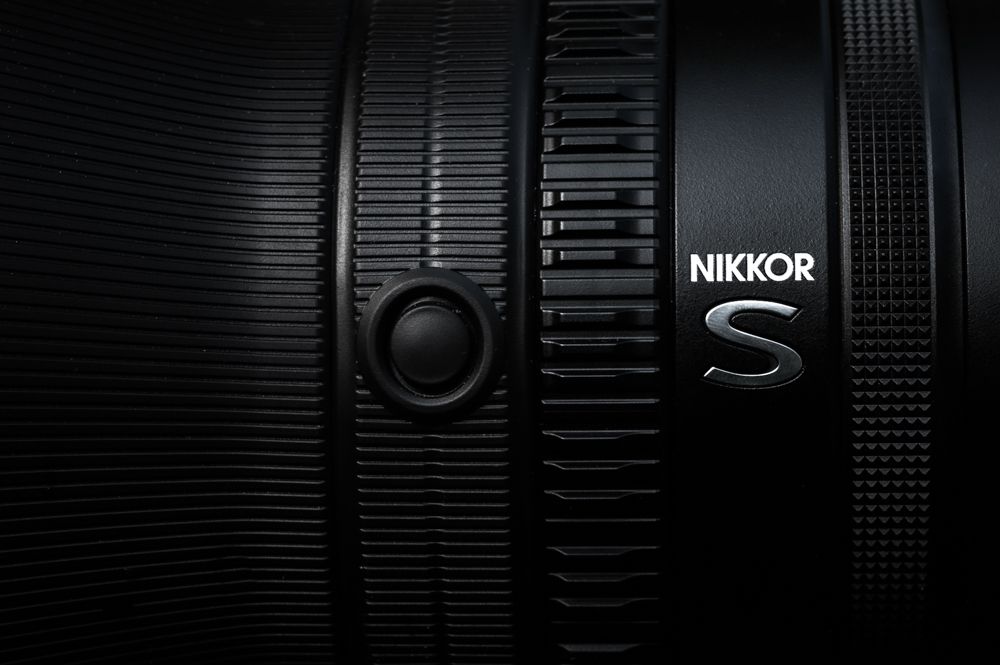
The focus position ring, function ring, and focus ring (not pictured here) all have different textures. The four buttons are all around the front of the lens and slightly larger compared to my 500mm f/4.
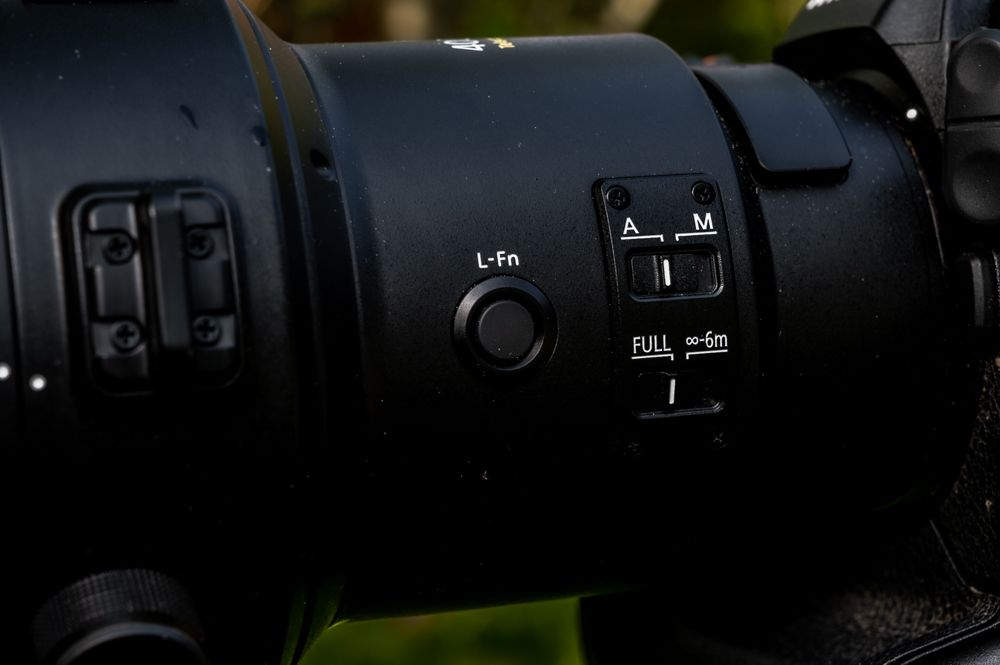
On the side, the sliders have been reduced somewhat. The VR can now be adjusted directly in the camera. However, I find the L-Fn a bit awkwardly positioned.
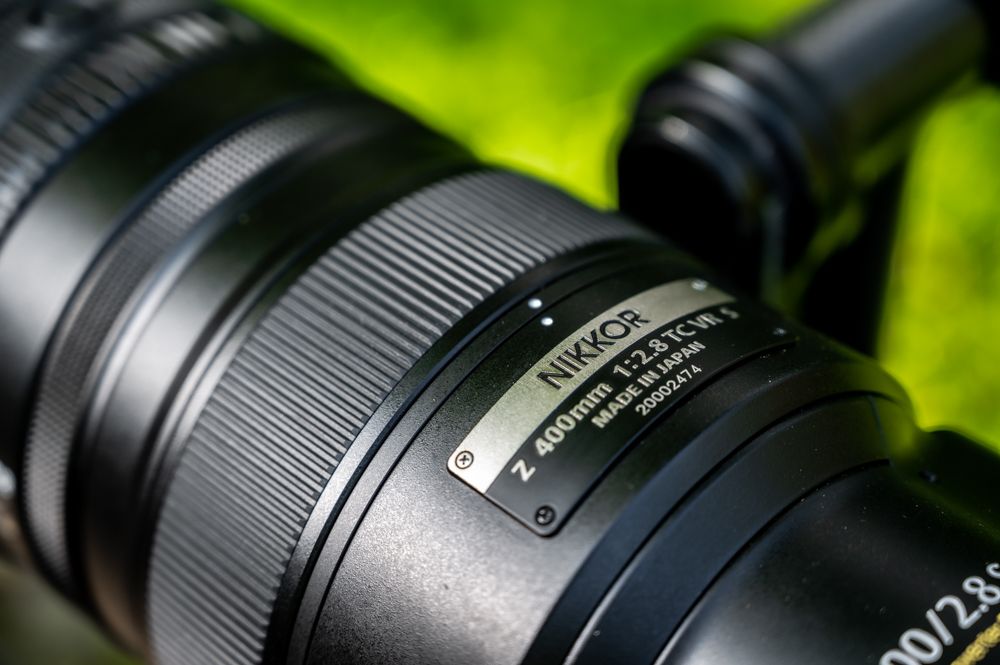
The focus ring is a bit too far back for me personally. Although I rarely need it, it would suit me better if the focus ring had swapped places with the function ring, especially for birds in flight.
General impression
The new Nikon 400mm 2.8 convinces with an enormously good image quality, an incredibly fast autofocus and its silent AF motors and VR. Add to that the low weight of a little under 3 kg and the quite compact size. Even without the integrated teleconverter, this lens would have been an impressive one. But thanks to the built-in teleconverter, this lens gives you both an extremely powerful 400mm at f/2.8 and a 560mm at f/4.
But this also has its price. 16'499 swiss francs, to be exact. This also makes it 3'000 - 4'000 francs more expensive than similar lenses from Sony and Canon. It should be noted that the Nikon is the only 400mm 2.8 with an integrated teleconverter. In relation to the competition, I find the higher price somewhat justified. In absolute terms, however, 16'499 Swiss francs is a lot for a lens. For professionals who work with it every day and need the absolute best quality, the investment is definitely worth it.

Especially in comparison to the 500mm f/4 FL ED with attached FTZ adapter, the 400mm 2.8 is again a bit more compact.
If you are thinking about definitely saying goodbye to the f-mount and switching to the Z-mount, you won't regret your decision for a minute with this lens. The lens leaves virtually nothing to be desired and, especially when paired with the Z9, is an incredibly powerful tool for taking wildlife photography to a new level.
I myself had to return the lens after 2 days with a heavy heart, even though my 500mm f/4 still does a super job. A big thanks goes out to GraphicArt and Nikon Switzerland for this incredible opportunity.
The links marked with (*) are affiliate links. If you click on such an affiliate link and make a purchase through this link, I will receive a commission from the respective online store. The price does not change for you.





